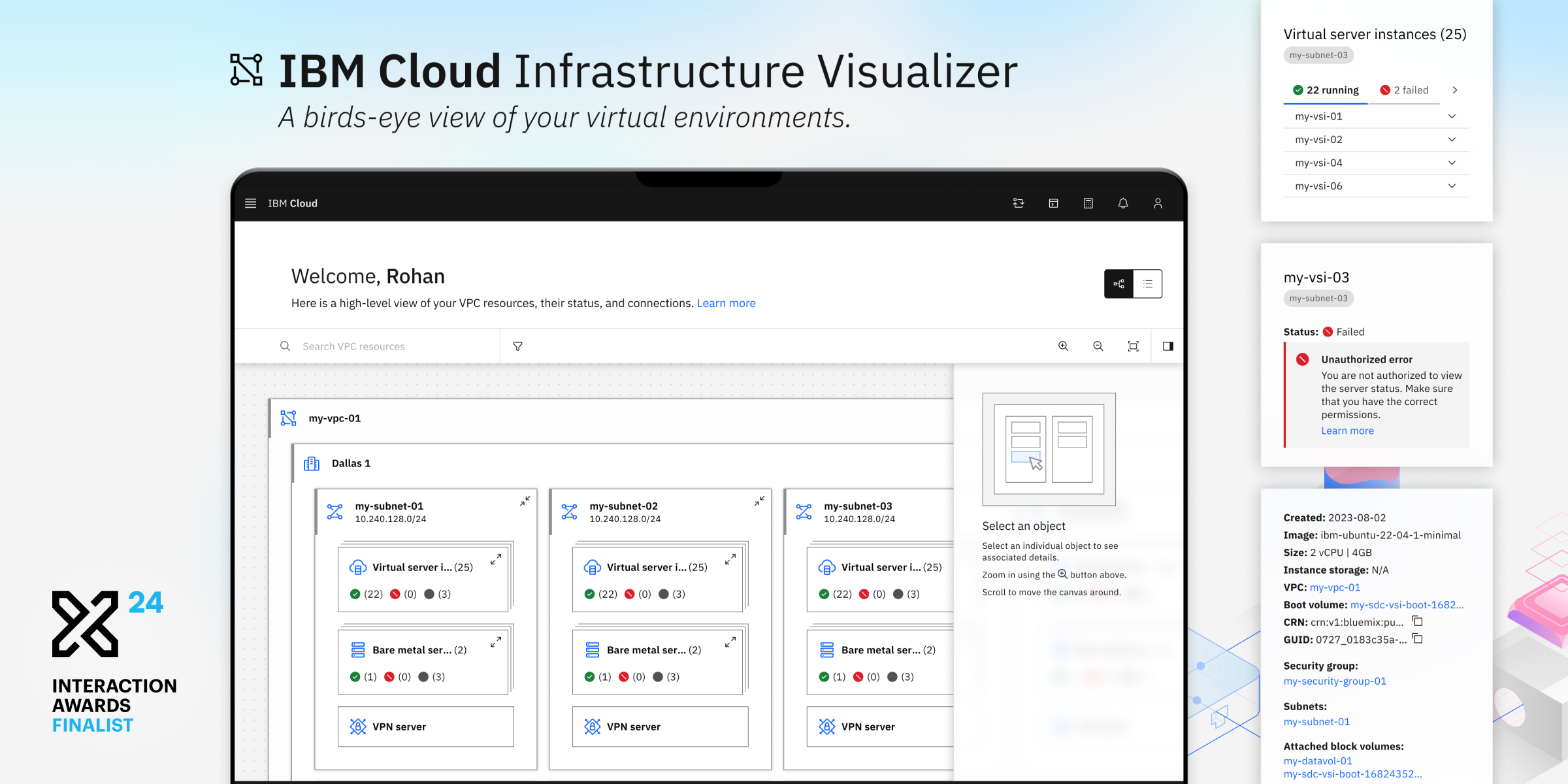Codeinskij
Team
Company | Institution
Category
Type
Project description
This is a project that explores the realm of programming and art education for young children, trying to bring these two disciplines together in a fun and playful way. The aim is to allow children to express themselves creatively and at the same time explore and understand basic concepts of coding and programming. From the idea of creating a tool for education, this project has evolved, throughout the iterative design process of prototyping and testing, into a toolbox for personal exploration and discovery of Art and technology.
This is a project that explores the realm of programming and art education for young children, trying to bring these two disciplines together in a fun and playful way. The aim is to allow children to express themselves creatively and at the same time explore and understand basic concepts of coding and programming. From the idea of creating a tool for education, this project has evolved, throughout the iterative design process of prototyping and testing, into a toolbox for personal exploration and discovery of Art and technology. This toolbox aims to give children the opportunity to grow and develop their understanding of digital media and aims to help them create stronger bonds with people around them by sharing and participating together in the activities they will create. Prototyping is used in this project as an explorative tool to develop the final design and investigate children, their interests, and aspirations. The different iterations have helped get a deeper understanding of the user and the concepts revolving around the topic of art and programming this project tries to talk to.The outcome is a physical modular interface that allows children to build, piece by piece, a digital and interactive art experience that they can eventually share and play with family and friends.
This is a project that explores the realm of programming and art education for young children, trying to bring these two disciplines together in a fun and playful way. The aim is to allow children to express themselves creatively and at the same time explore and understand basic concepts of coding and programming. From the idea of creating a tool for education, this project has evolved, throughout the iterative design process of prototyping and testing, into a toolbox for personal exploration and discovery of Art and technology. This toolbox aims to give children the opportunity to grow and develop their understanding of digital media and aims to help them create stronger bonds with people around them by sharing and participating together in the activities they will create. Prototyping is used in this project as an explorative tool to develop the final design and investigate children, their interests, and aspirations. The different iterations have helped get a deeper understanding of the user and the concepts revolving around the topic of art and programming this project tries to talk to.The outcome is a physical modular interface that allows children to build, piece by piece, a digital and interactive art experience that they can eventually share and play with family and friends.

.jpg)













